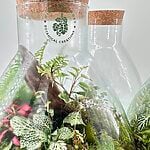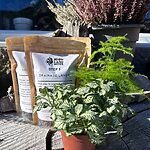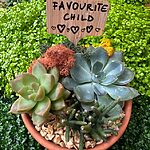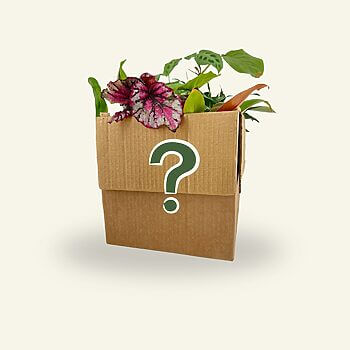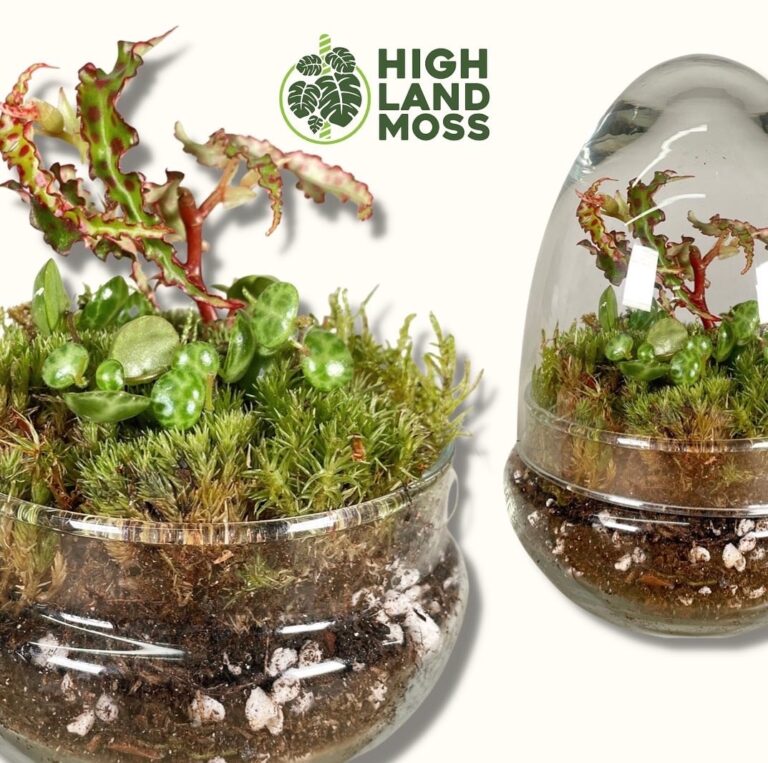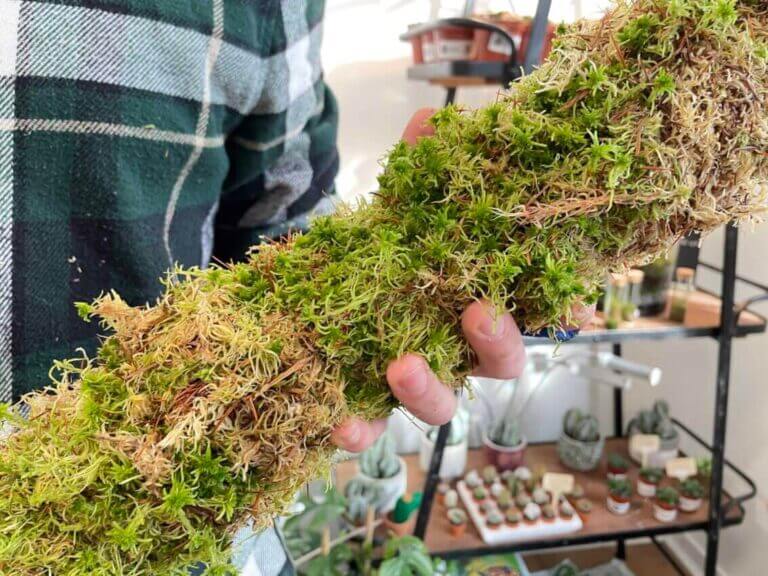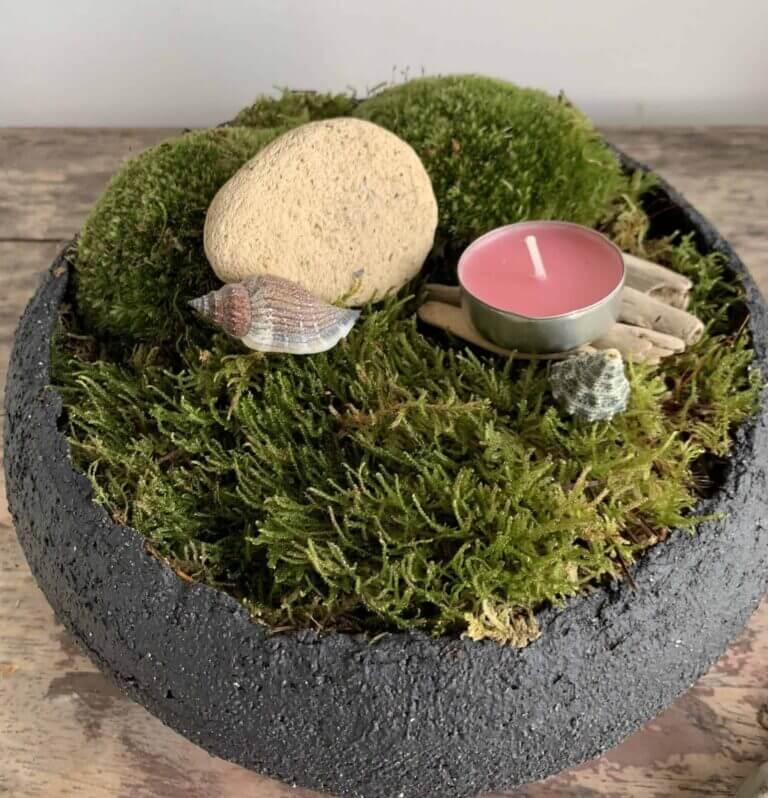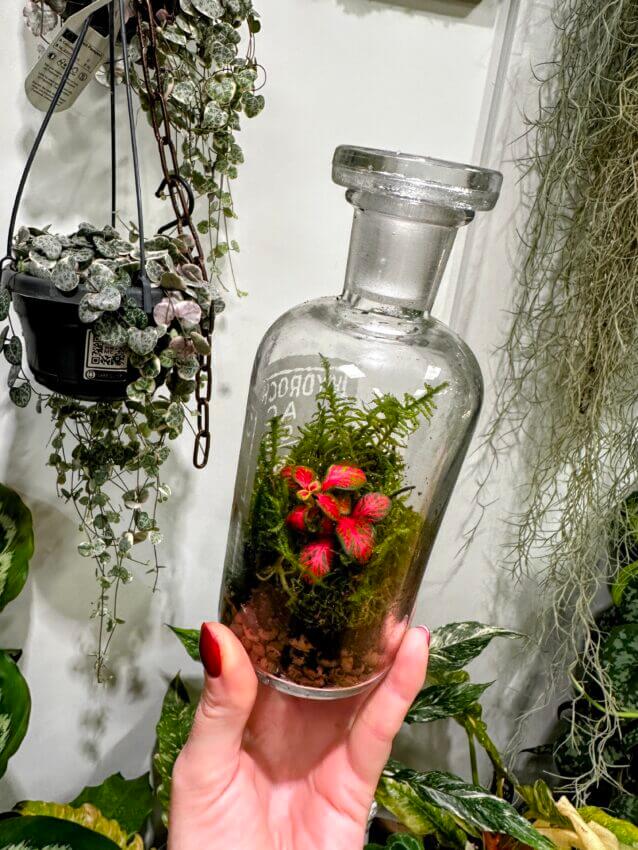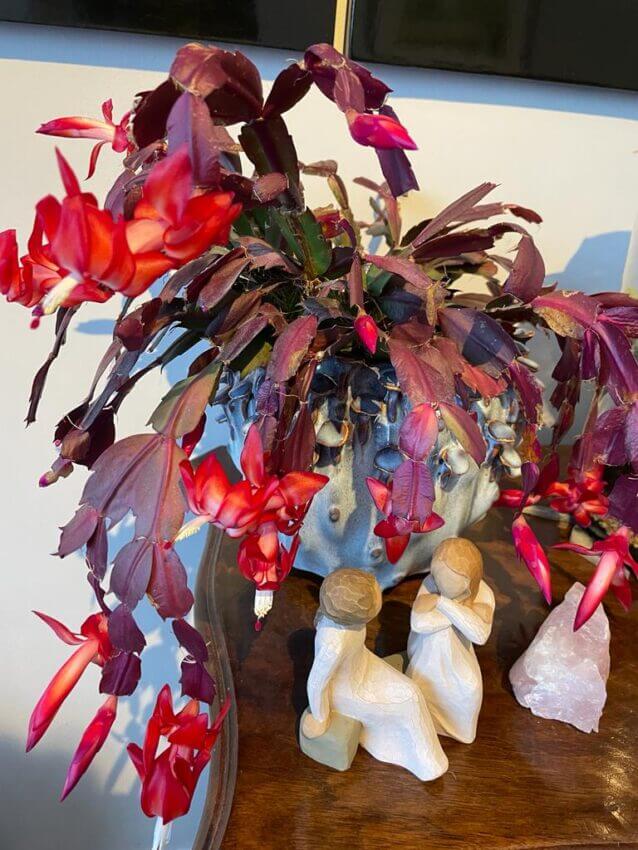Not every plant starts its life in the best conditions
Many houseplants from supermarkets or garden centres suffer from poor care long before reaching your home. Some are cold-damaged from sitting by shop doors, others may be overwatered by staff without proper training. You might also receive a well-meaning gift from a friend, but the plant has pests or broken stems. The good news? Most plants are more resilient than they look and can bounce back with the right support.
Here’s a complete guide on how to rescue neglected, unhealthy, or stressed houseplants.
Quarantine Your New Plant
Always isolate new plants for at least 2 to 3 weeks, especially those from supermarkets or large retailers. These environments often lack proper care, leading to hidden pest infestations and diseases that can spread quickly to your healthy houseplants.
To do right away:
- Place the plant in a separate space with decent light and airflow
- Gently clean the leaves with a soft cloth and water
- Check regularly for signs of pests like webbing, sticky residue, or white fluff
Even if a plant looks fine, pests like spider mites or mealybugs can appear later.
Do Not Repot Straight Away
Repotting a stressed plant immediately can make things worse. Give it time to settle before disturbing the roots.
Only repot if:
- The soil is waterlogged, mouldy, or smells bad
- You find active root rot
- There are signs of pest-infested soil
Otherwise, leave the plant in its current pot for at least 3 to 4 weeks.
🪴 When you do repot, use fresh, high-quality potting mix like our handmade houseplant soil, and choose a pot with good drainage.
Understand the Damage and Treat Carefully
Each issue needs a tailored solution. Here’s how to spot and resolve the most common problems found in neglected plants.
Cold or Heat Stress
Symptoms:
- Mushy black or transparent patches
- Droopy or fallen leaves
- Brown, dry edges or sun-scorched spots
Causes:
- Plants placed by shop doors in winter
- Exposure to air conditioning or strong sunlight in-store or in transit
What to do:
- Trim damaged leaves with clean, sanitised scissors
- Keep the plant in a stable, draft-free area with indirect light
- Avoid heaters, radiators or windows that get too hot or cold
Overwatering and Root Rot
Symptoms:
- Yellowing leaves
- Mushy stems
- Foul-smelling, soggy soil
- Visible mould or fungus gnats
Solution:
- Check the roots: cut away any black, soft or slimy ones
- Allow soil to dry before watering again
- If necessary, repot in dry, well-draining mix and a pot with drainage holes
Underwatering
Symptoms:
- Dry, crispy edges
- Soil pulling away from the pot edges
- Drooping stems and wilted leaves
Solution:
- Water slowly and thoroughly until the soil is evenly moist
- If soil is compacted, soak the pot in water for 20 minutes to rehydrate it
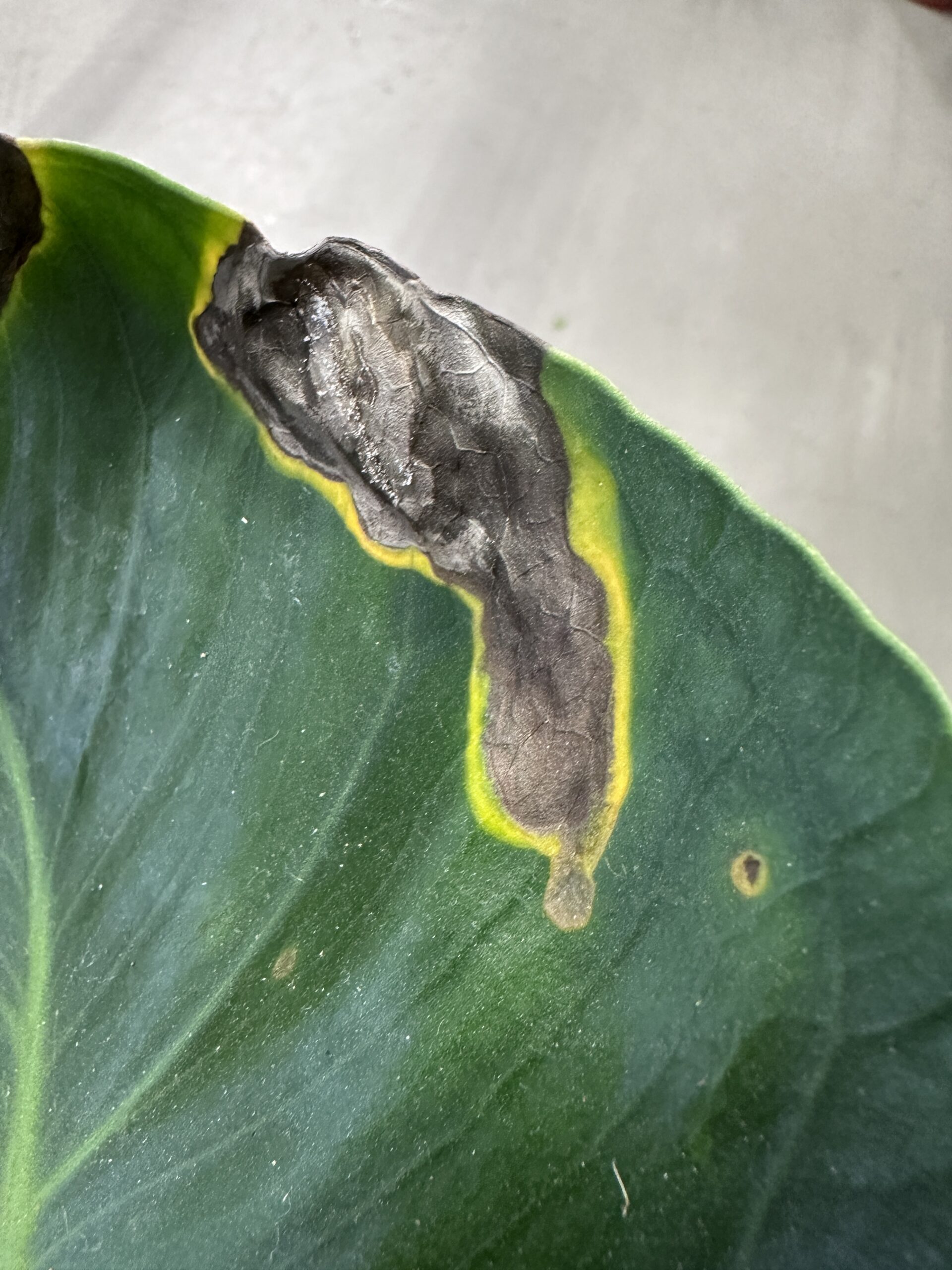
Leaf Infections (Fungal or Bacterial)
Symptoms:
- Brown or black patches with yellow halos
- Soft or slimy spots
- Rapid leaf drop
Solution:
- Remove affected leaves with gloves and sanitised scissors
- Avoid getting the leaves wet
- Improve airflow and light
- Use a natural leaf-safe fungicide if the problem continues
Pest Problems
Supermarket and nursery plants are often exposed to pests during transport and while sitting on the shelf.
Common pests:
- Spider mites (fine webbing and speckled leaves)
- Mealybugs (white, cotton-like blobs)
- Thrips (silver streaks and deformed growth)
- Fungus gnats (tiny flies in damp soil)
Solution:
- Clean leaves gently and inspect daily
- Use neem oil, sticky traps or our eco-friendly pest spray
- Repeat treatments regularly for at least two weeks
We also have a full pest identification and treatment guide available online.

Be Patient – Do Not Rush Recovery
When a plant looks sick, it’s natural to want to help it bounce back quickly. But pushing a weak plant to recover faster often causes more harm.
Do not add plant food too soon
Fertilisers can burn weakened roots
Do not soak the soil repeatedly
Overwatering causes root rot
Do not place the plant in a hot, extremally sunny spot
Heat stress will worsen the condition
No Healthy Roots? Time to Propagate
If the root system is completely rotted but you have healthy stems or leaves, propagation can save the plant.
Propagation tips:
- Use clean scissors to take a cutting just below a node
- Place the cutting in water, damp soil or sphagnum moss
- Keep it in a warm spot with bright, indirect light
We have a plant propagation guide and supplies to help you get started.
Imperfect Plants Still Deserve Love
Not every plant will look flawless. Some have a bent stem, a missing leaf or just grow a little differently. That doesn’t mean they are unhealthy.
At Highland Moss, we offer imperfect plant bundles – perfect for beginner plant parents or budget-conscious collectors. These plants:
- Are slightly smaller
- May have minor cosmetic damage
- Still grow beautifully with no special care
Try a Rescue Bag and Save a Plant
For those who love a challenge, our plant rescue bags are an affordable way to save houseplants that need a bit of care. You could save up to 60% off regular prices, and give a neglected plant a second life.
Final Care Tips for Reviving a Houseplant
- Water moderately – allow the top few centimetres of soil to dry out before watering again
- Avoid fertiliser for at least 4 to 6 weeks – your plant can survive without feed during recovery, and applying it too soon or in the wrong amount may burn the roots
- Use clean, sanitised tools for pruning or repotting to prevent the spread of disease
- Wait 3 to 4 weeks before repotting if possible – sudden repotting adds stress
- When you do repot, use good-quality potting mix suited to the plant’s specific needs. At Highland Moss, we offer specialist blends for aroids, calatheas, succulents, and more
- Follow accurate care guides – many mistakes happen because the plant’s name or genus is unknown, leading to care based on another species with completely different needs
- Slowly adjust your plant to its new environment – increase light, warmth or humidity gradually rather than all at once
- Watch for new leaves or shoots – this is one of the best signs that your plant is recovering and settling in
Every plant from Highland Moss comes with a QR code linking to its care guide, and our Moss Bot is available on our website 24/7 to help with questions about care, pests, or rescue.





